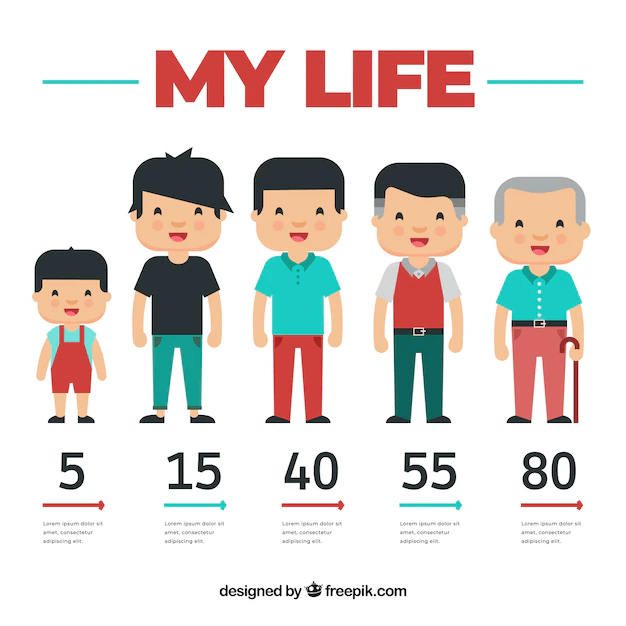Navigating Generational Compatibility in the Modern Workplace
The modern workplace is a melting pot of diverse generations, each bringing unique perspectives, values, and work styles shaped by their formative experiences. Bridging the gaps and harnessing the strengths of each generation is crucial for fostering collaboration and productivity. Here’s a breakdown of generational compatibility and insights into how different cohorts can work cohesively.

Page Contents
- Traditionalists/Silent Generation (born roughly between 1928-1945) and Baby Boomers Silent Generation (born between 1946-1964):
- Compatibility: Traditionalists and Baby Boomers often share similar work ethics, emphasizing commitment, loyalty, and a respect for hierarchy. Both value stability and appreciate face-to-face communication and formal structures.
- Strategies for Compatibility: Encourage mentorship programs where Traditionalists can impart wisdom and institutional knowledge to younger colleagues. Recognize their experience and contributions while embracing their inclination for structured work environments.
- Baby Boomers (born between 1946-1964) and Generation X(born between 1965-1980):
- Compatibility: Both cohorts share a pragmatic approach to work, focusing on results and career advancement. Generation Xers appreciate Boomers’ leadership experience and tend to align with their dedication to work.
- Strategies for Compatibility: Facilitate opportunities for cross-generational collaboration. Encourage knowledge transfer and capitalize on shared values of independence and self-reliance.
- Generation X (born between 1965-1980) and Millennials (born between 1981-1996):
- Compatibility: Generation X and Millennials often share a tech-savvy nature, desire for work-life balance, and a preference for flexibility in the workplace.
- Strategies for Compatibility: Foster a collaborative environment where Gen Xers can serve as mentors, sharing their experience, while Millennials bring innovation and fresh perspectives. Encourage open communication and flexibility in work arrangements.
- Millennials (born between 1981-1996) and Generation Z (born between 1997-2012):
- Compatibility: Both cohorts are highly tech-oriented, value diversity, and seek purpose-driven work. They often share similar expectations regarding workplace culture and a desire for career growth.
- Strategies for Compatibility: Leverage their shared digital fluency and collaborative nature. Encourage cross-generational knowledge sharing while fostering an inclusive work environment that aligns with their shared values.
- All Generations:
- Compatibility: Despite differences, all generations strive for meaningful work, recognition, and a sense of belonging. Respect, open-mindedness, and adaptability are key factors that bridge generational gaps.
- Strategies for Compatibility: Emphasize common goals and values to encourage collaboration. Create platforms for open dialogue, recognizing and celebrating diverse perspectives.
Brief History
The concept of categorizing generations based on shared experiences and cultural influences has a history rooted in sociological and demographic studies. The idea gained prominence in the 20th century as researchers and demographers observed distinct societal shifts and cultural changes across different periods. Sociologist Karl Mannheim introduced the concept of generational theory in the 1920s, emphasizing the impact of historical events on shaping cohorts’ values and attitudes. Over time, historians, sociologists, and marketers further refined these generational categories, identifying common characteristics and behaviors that defined each group, leading to the creation of generations charts as a tool to understand societal trends, preferences, and generational dynamics.
Conclusion
In conclusion, understanding generational differences and leveraging the unique strengths of each cohort fosters a dynamic, inclusive workplace. By recognizing and embracing the diverse perspectives and experiences that each generation brings, organizations can create a harmonious environment that harnesses the collective strengths of all generations.
Understanding generational compatibility and leveraging the strengths of diverse cohorts fosters collaboration and inclusivity, leading to a more harmonious and productive workplace.







